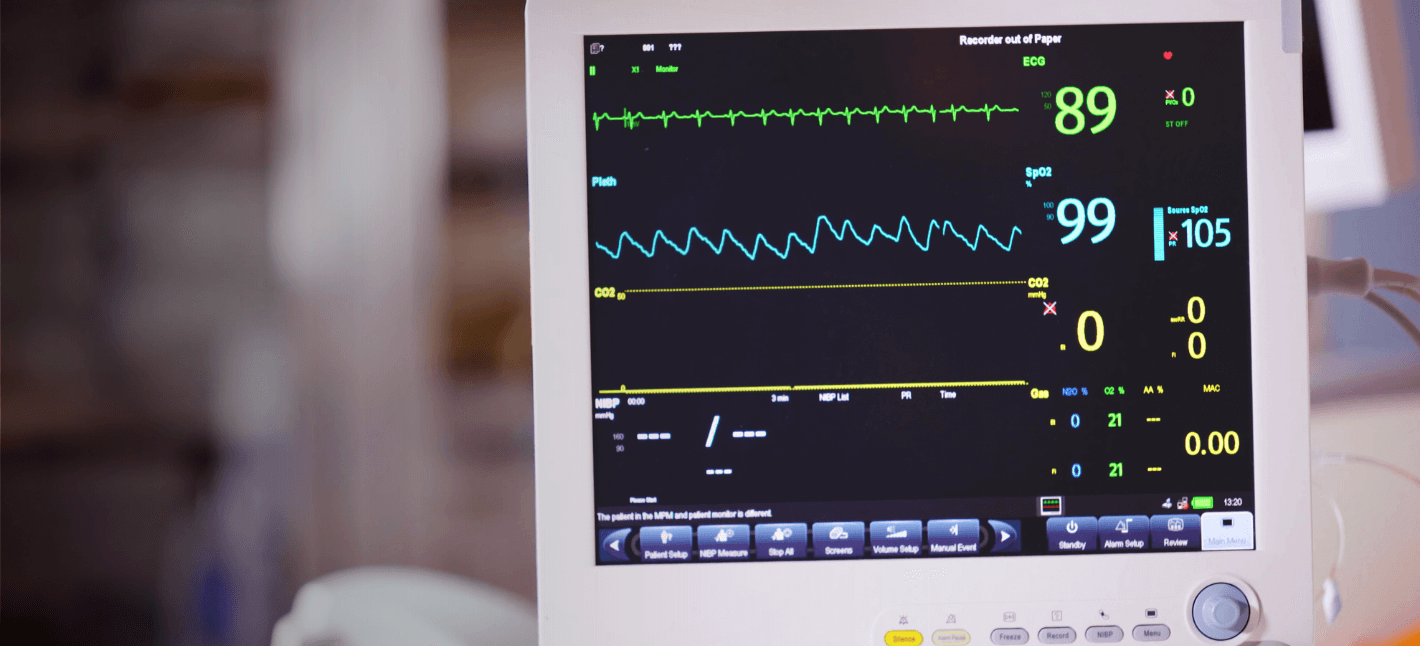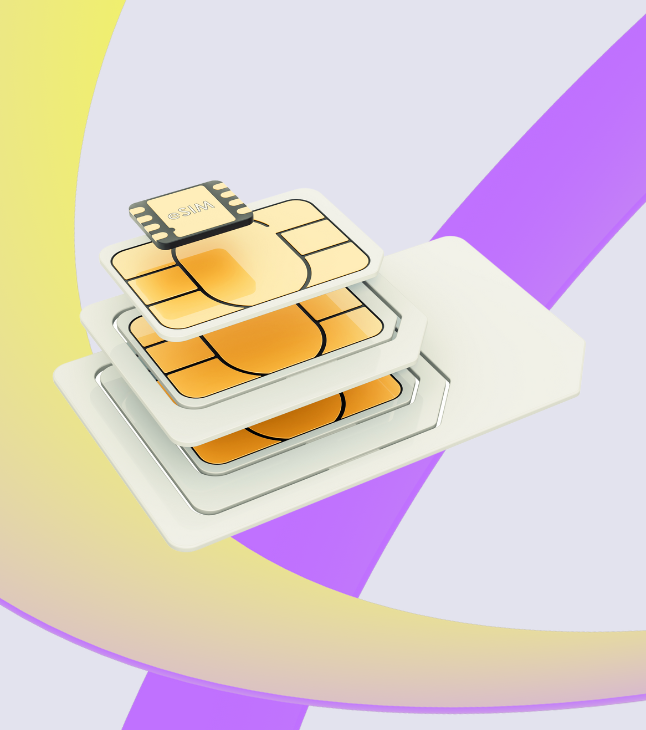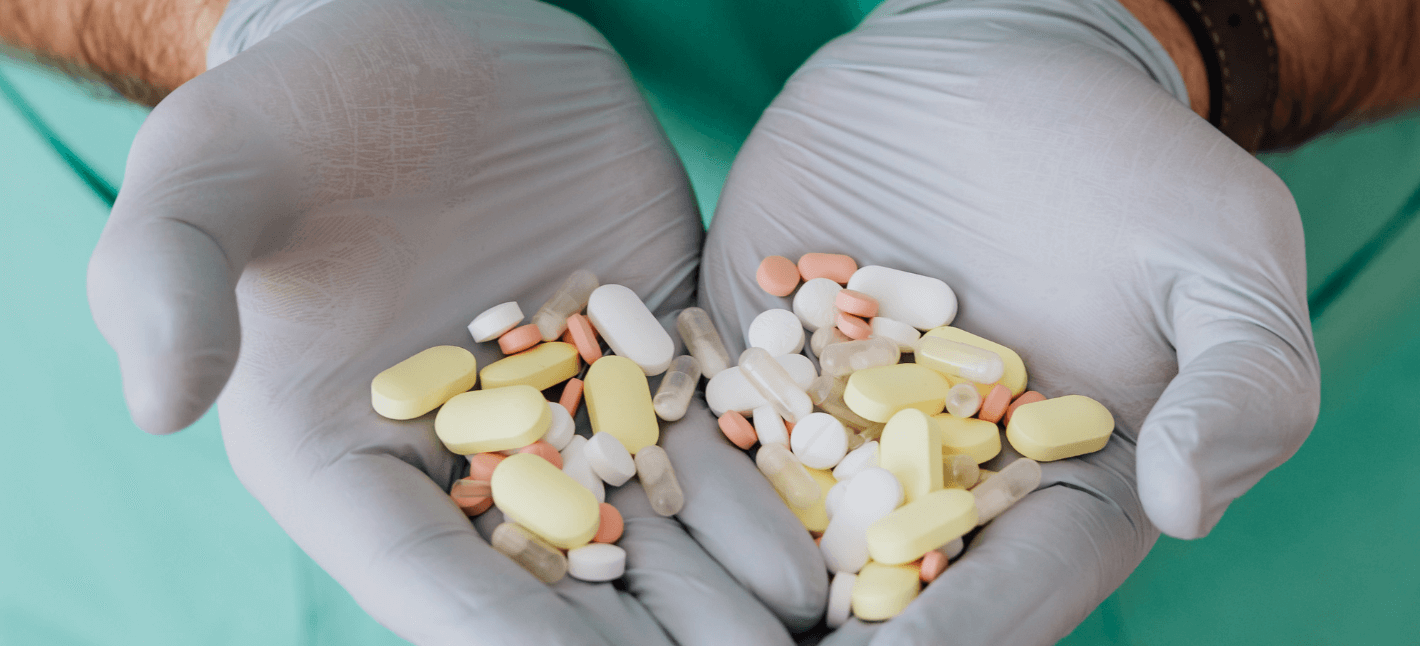Patient care represents a promising field for IoT device manufacturers. Technological advancements allow IoT to address critical gaps in healthcare, notably transforming cardiac care. The estimated market size for ECG monitoring devices is currently worth $43.33 billion globally, showcasing IoT’s potential to revolutionize this sector and enhance patient treatments significantly.
IoT monitoring as a blessing to cardiac care
Remote patient monitoring stands out as a leading application of IoT. Monitoring a patient’s health takes various forms, but with IoT, the ability to observe real-time health conditions can be a lifesaver, elevating health outcomes and reshaping the standard of healthcare services.
Where does IoT fit into patient monitoring with ECG?
IoT plays a crucial role in enabling remote ECG monitoring for healthcare providers, ensuring continuous surveillance of a cardiac patient’s health to eliminate blind spots and errors. The implementation of remote patient monitoring through IoT offers a range of advantages, outlined below:
- Consistent watch on patient’s heart activities
Real-time ECG monitoring facilitated by IoT presents a significant enhancement over traditional methods, which require constant in-person oversight. This advancement ensures uninterrupted monitoring of every patient, 24/7, transcending the limitations of conventional approaches. - Determining any irregularity or need for intense care
IoT ECG solutions detect heart irregularities in cardiac patients, enhancing outcomes. Timely identification enables prompt intervention and prioritized treatment, potentially saving lives. - Understanding patient’s response to treatments and medicines
Monitoring ECG signals during treatment assesses patient response and recovery rates, guiding adjustments to procedures, medications, or treatments as needed. - Finding underlying patterns to different heart conditions
Analyzing ECG signal patterns provides medical professionals with insights into a patient’s heart health, helping identify underlying issues associated with different heart conditions.
The benefits of remote ECG monitoring
ECG monitoring with IoT is a complex yet crucial process, emphasizing the challenge of designing an accurate, approved, and effective ECG system for such applications. Wearable ECG devices offer a comfortable solution, enabling continuous monitoring with convenience and portability. Manufacturers can enhance these devices by incorporating additional vital sensors for improved health tracking. Integrating IoT connectivity into ECG systems, particularly with advancements like 5G, ensures reliable data transmission. This allows patients, even indoors, to have their ECG data accessible to caretakers in real time. Through IoT data collection and cloud infrastructure, stakeholders can access patients’ cardiac health reports anytime. Smartphone notifications can also be set up to alert caretakers when immediate attention is needed.
Everything you need to know about IoT SIMs
The benefits of remote health monitoring
There are several different benefits for the healthcare industry to embrace remote ECG monitoring:
- Effective caretaking of cardiac patients
Continuous tracking with IoT ECG sensors surpasses traditional monitoring with periodic in-person checkups. The effectiveness, consistency, and reliability of IoT make it a superior choice for supporting medical operations. - The cost of cardiac care
The expenses associated with healthcare procedures, particularly for cardiac patients, can be burdensome. The significant improvement in checkups, monitoring, and follow-ups through IoT contributes to enhanced efficiency. This advancement holds the potential for cost reduction, benefiting both healthcare providers and patients alike. - Patient comfort and convenience
Traditional health monitoring devices, characterized by bulkiness and cumbersome cords, often render patients immobile, potentially resulting in additional health issues. In contrast, IoT wearable and handheld devices offer enhanced comfort and convenience, alleviating the physical limitations associated with traditional monitoring equipment. - Early detection of heart diseases
Early application of an ECG device detects diseases promptly, improving medical outcomes, preventing critical conditions, and reducing patient expenses.
The challenge with IoT remote patient monitoring
IoT remote patient care solutions transmit sensitive patient information over the internet, emphasizing the need for robust data protection during exchanges to a cloud server. Fortunately, modern network protocols, like the 5G infrastructure, provide enhanced data security in alignment with healthcare compliance standards.
Why Freeeway is the best IoT partner for the smart healthcare industry
The healthcare industry is both important and sensitive. Despite privacy concerns, IoT brings substantial advantages to this field. If you’re interested in exploring how IoT can be compliant and beneficial for your healthcare institution, helping you enhance your cutting-edge healthcare devices, get in touch with us for more information:





